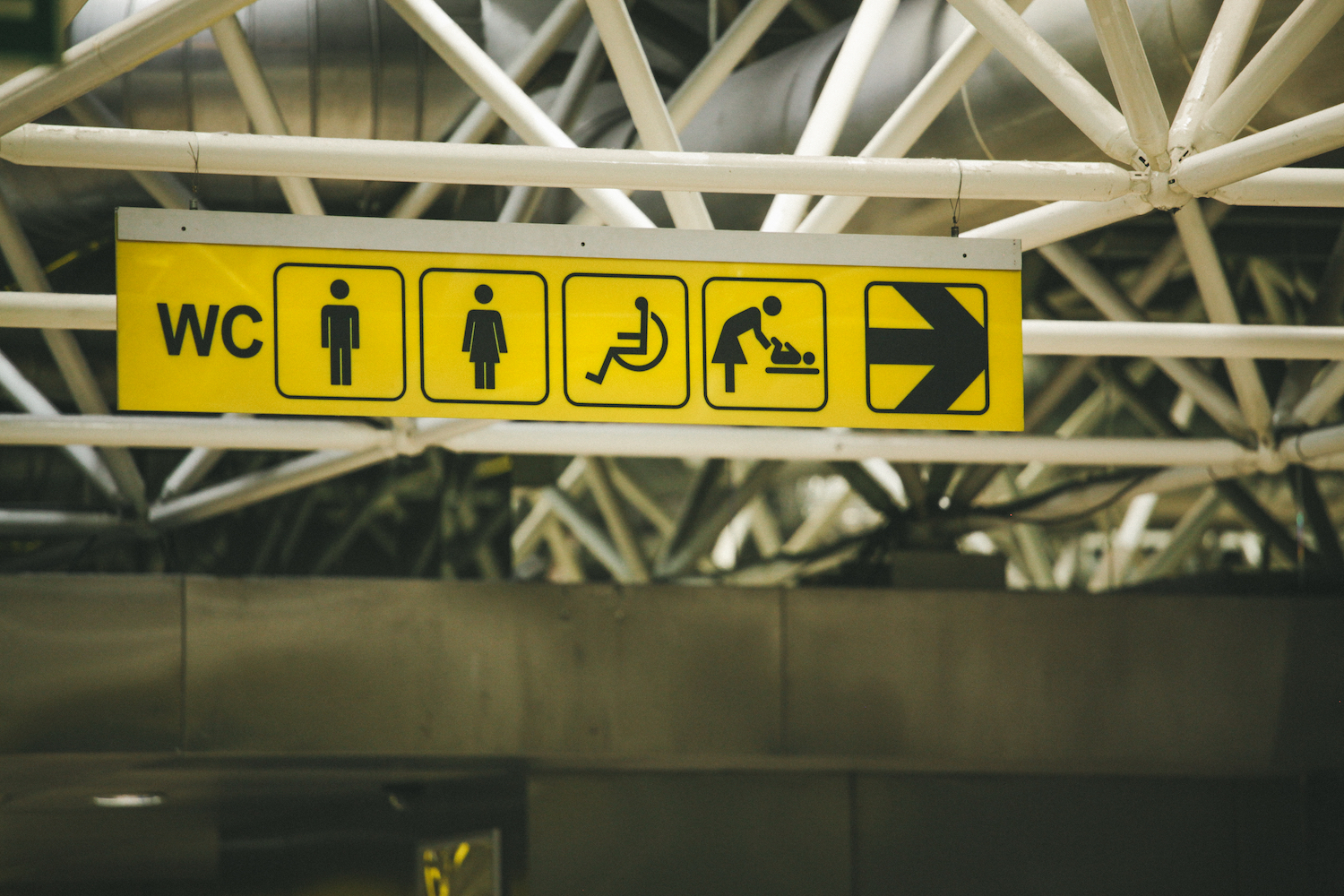Three Factors that Affect the Quality of Life of Disabled Persons in Asia

The past two decades have witnessed rapid development in Asia, as a result of which many Asian countries have emerged not only as global economic heavy weights, but also as strong political players that shape the world we live in today. The global balance of power seems to tip eastward, giving credibility to the claim that we are at the outset of the “Asian Century”. However, there are areas of development where it becomes painfully obvious that Asian countries still have a lot of catching up to do. According to United Nations estimates, one in every six persons in the Asia and Pacific region lives with some form of disability. This puts the total number of disabled persons in Asia at a whopping 650 million. This number is expected to grow due to factors such as population ageing or emerging chronic health conditions. But take an extended stroll through any given Asian metropolis, and you will be hard pressed spotting a handicapped person going to work or simply navigating the concrete jungle. The handicapped are largely unseen in public, suggesting that, as a whole, Asia still has a long way to go in ensuring their inclusion in society and meaningful participation in it. Here are three factors that affect the quality of life of disabled persons in Asia:
Mobility and infrastructure
One of the major challenges the disabled face in Asia is mobility, or, simply put, getting from point A to point B. The majority of Asian metropolises provide a woeful physical infrastructure for the handicapped members of their societies. A case in point is Bangkok: Navigating its roads and public transport system can be a challenge for the able bodied, but it is a possibly lethal undertaking for handicapped persons. Few of the Thai capital’s roads / sidewalks provide the possibility for handicapped persons to move around hassle-free and infrastructure improvements still pay little attention to the needs of the handicapped. The lack of physical features such as ramps and elevators in public buildings and transportation facilities adds to the challenges. About 800,000 passengers a day use Bangkok’s Sky Train system but only 4 of its 26 stations feature functioning lifts – almost two decades after the system commenced operations. A ruling of the Thai Supreme Administrative Court ordered Bangkok City Hall to remedy the situation has led to little progress so far. Although relevant Thai laws (e.g. the 2007 Persons with Disabilities Empowerment Act) are up to international standards, their enforcement is lackluster at best.
Access to education
Access to education is still a major issue for disabled persons in Asia, with their majority being restricted in their access to education and training. Indonesian children with a disability, for example, are on average 30% less likely than their able-bodied peers to complete primary education. In the Philippines, a country that, compared to others in the Asia-Pacific region, has good school attendance rates, less than 3% of disabled children has access to education.
In the majority of cases the lack of education means that a path out of poverty is obstructed, simply because the handicapped are prevented from acquiring the skills and education needed to effectively compete for jobs. In order to tap the economic potential of their disabled populations, Asian countries should focus on ensuring that educational and vocational programs and institutions are better equipped to accommodate persons with disabilities.
Access to jobs
Even those who – despite the difficulties outlined above - have managed to acquire the skills and/or education needed to effectively compete in the labor market, often find themselves in an environment ultimately hostile to the handicapped. In the majority of Asian countries, potential employers are in many cases reluctant to hire persons with disabilities, often based on the perception that they are less productive or need special treatment. A recent study in Hong Kong, arguably one of the most advanced jurisdictions in Asia, revealed that only 17% of the employers interviewed considered hiring a disabled person, while 55% said they wouldn’t and 27% were unsure. The same study found that 28% of interviewed persons with a disability had never managed to land any job, despite their qualifications.
The majority of Asian countries do not have legislation in place that aims to deal with discriminatory practices versus employment of persons with disabilities, and a recent survey by UNESCAP suggests that the implementation of anti-discrimination measures is not a top priority in many Asian countries.
In order to tap into the potential contributions disabled persons can make to their economies, Asian countries need to provide both the legal framework that enables and protects the participation of the disabled in their societies, as well as a sound infrastructure that allows for unrestricted mobility. An ILO estimate suggests that the economic benefits could be considerable, boosting GDP growth by up to 7%. It therefore seems nonsensical not to provide Asia’s disabled population the possibility to contribute to their societies.